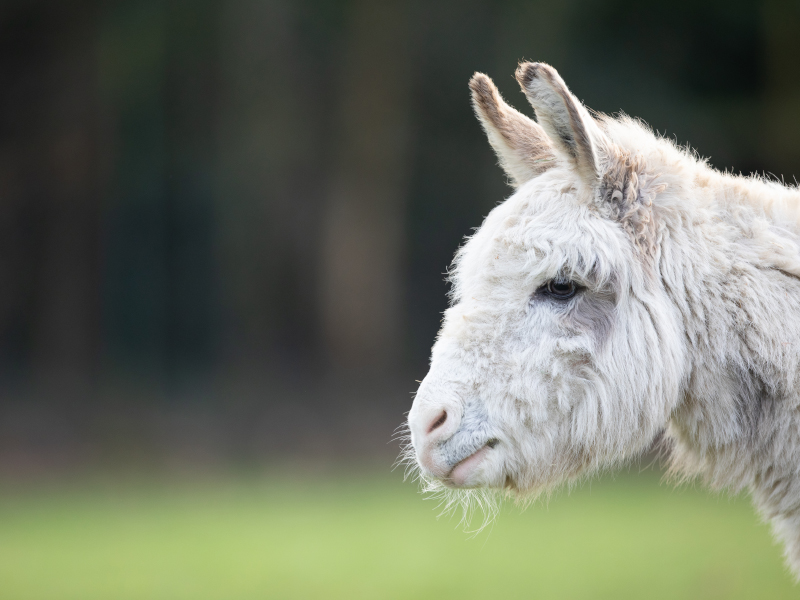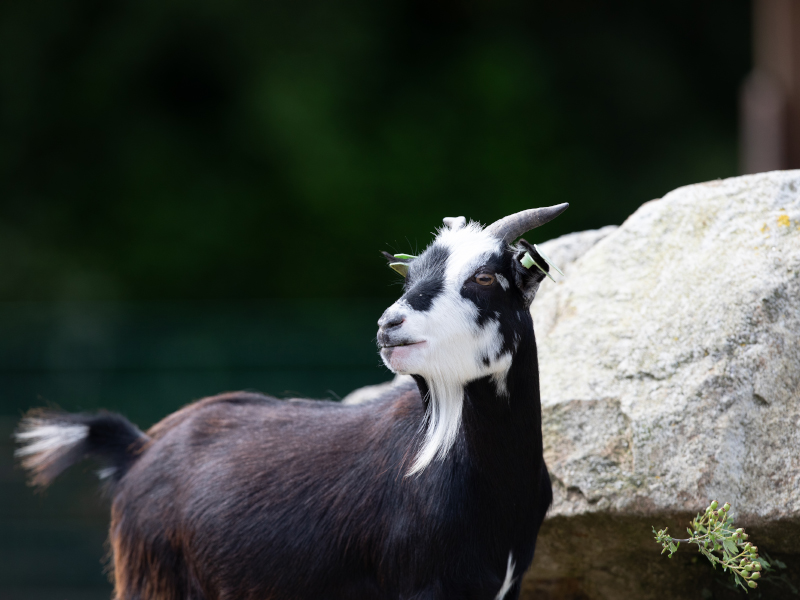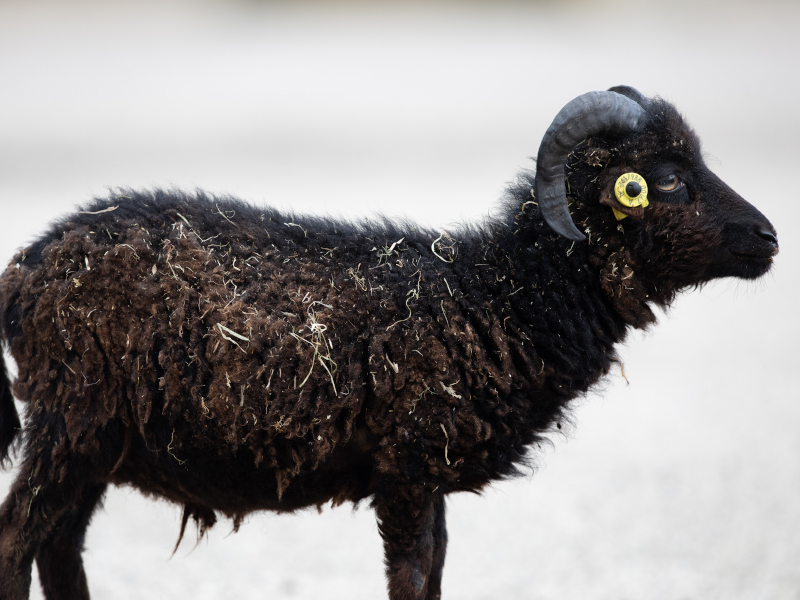Sicilian donkeys are a descendant of the African Wild Ass (Equus africanus) and have been selectively bred for strength and hardiness, as well as their small size.
Their strength has been used to pull loads, helping farmers with ploughing fields and carrying loads before modern day machinery. The Sicilian donkeys small size means that they are easy to care for and so they have been a popular addition to farms, throughout the ages. They were domesticated approximately 5,000 to 6,000 years ago.
They have long ears, a bushy tipped tail and are different to other donkeys due to their small size. They are quite docile and have been known to be quite intelligent. They are a very social animal that prefer to live in groups.

Popular Searches

Sicilian donkeys
Equus asinus
-
Introduction
-
Habitat
The Sicilian donkey originated from the islands of Sardinia and Sicily, off the coast of Italy. They like open grasslands where they can graze on grasses and plants. They have adapted to living in a wide range of habitats, all over the world.
-
Fun Facts
Pregnancy occurs from 11 to 13 months after which the female will usually give birth to 1 foal.




















